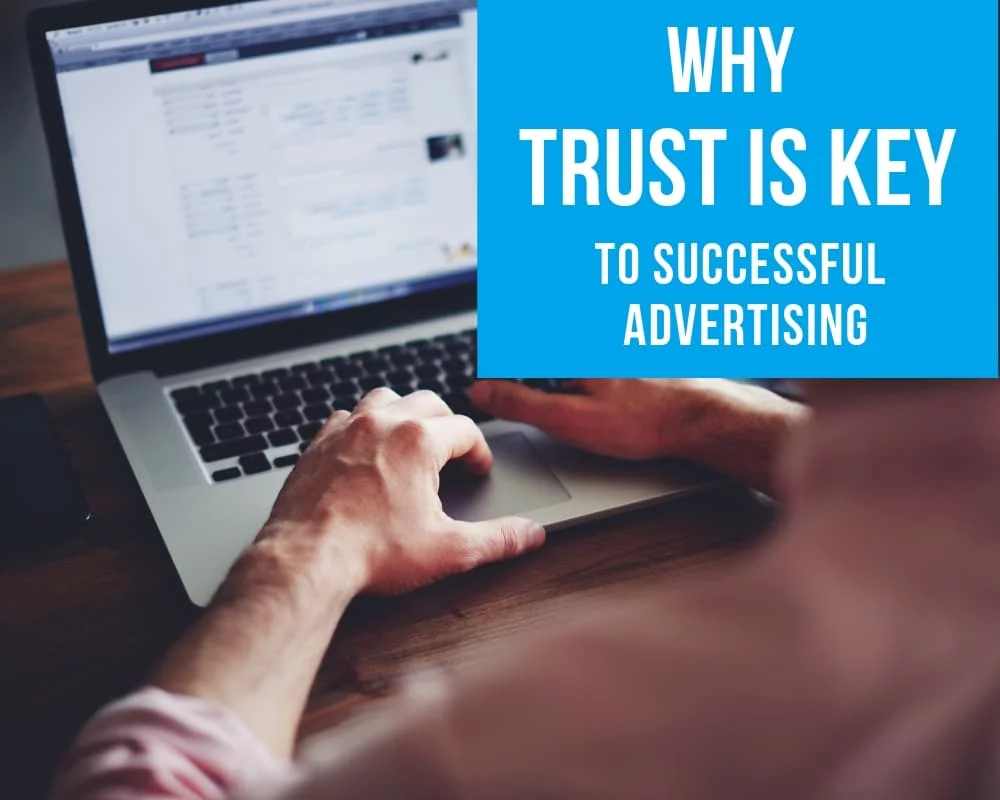Whether you’re a content producer looking to monetize more with ads or an advertiser looking for a strong publisher partner, here’s something you need to know about success in advertising: Building trust is critical.
Trust Is a Major Decision Factor for Consumers Today
The ability to trust brands is huge for consumers in today’s competitive, constantly connected marketplace. In fact, according to some studies, brand transparency and honesty is equal to or higher than the price point when it comes to making purchasing decisions. What that means is that many consumers are willing to pay slightly more for products when purchasing them from brands they trust.
That same phenomenon holds true when you look at advertising. Mantis Research asked one thousand adults of various ages how they interacted with viewed ads across all types of platforms, including websites, apps, and email. When asked whether they agreed with the statement “I am more likely to click on an ad if it appears on a website I trust,” 66 percent of adults agreed or strongly agreed. Only 14 percent disagreed with this statement.
The numbers here are very clear: However, you’re making money online, when consumers trust you, you’re more likely to see better returns.
How Do Advertisers and Publishers go about building Trust?
Consistency, authenticity, and transparency are all key to courting trust. Advertisers can contribute to building this trust by:
- Engaging in fair, truthful marketing practices that don’t take advantage of tactics like bait and switch. Ensure that your ads give an honest indication of what the user can expect when they click through. A great example of ads that fall down hard on this concept is certain app gaming ads on Instagram. In an effort to catch user attention, the businesses create fun story-inspired versions of their games that actually look and function nothing like the games themselves. A result is a number of bad reviews, people blocking the ads and users leaving comments on the ads stating they are false or misleading.
- Using ad software and analytics to target advertising correctly. When you can align your advertising with the audience and intent of a publisher, you’re a better match for that site, app or email. You and the publisher both benefit from this effort: The publisher retains consumer trust, and the advertiser leverages that trust and enjoys more click-throughs and conversions.
For publishers, the decision to use ads at all tends to bring in the question of consumer confidence and trust. Many businesses buy into the myth that consumers believe all ads are bad and that an ad is a negative experience. That’s simply not true.
Check out this video with our CEO, Jeff Kupietzky, in which he discusses the topic of trust:
Among email newsletter subscribers, two out of three adults say they’ll click on email ads that are relevant and interesting, and the majority of email subscribers aren’t bothered by appropriate levels of ads.
You can see the importance of trust in these numbers. Publishers who include ads (theirs or others) must take action to ensure:
- Advertising is in line with consumer expectations of your brand. Because you make money off ads, it’s simply hypocritical to profit from advertising that’s against the message you normally share or the vision and values you share with your consumers.
- Ensure advertising is interesting and useful to your audience. You never want to come off like a spam publisher thanks to random ads that simply don’t matter to your customers.
- Keep ads to a tasteful and appropriate level. Yes, ads aren’t evil and consumers are willing to tolerate them when they’re getting free content or functionality from you. But there’s a line even the most avid customers won’t cross. If websites or emails look cluttered or the functionality of a site or apps is impaired by ads, then you’ve crossed the line.
- Listen to your audience. This is the best way to know if ads appearing on your content or networks are holding up the trust burden. Make sure you proactively review ads or advertising that is getting questioned by your audience.
Ultimately, trust in advertising is all about finding where the line is for your audience and toeing it from that point forward. This is true for everything from messaging and how many ads you can run in a single space to specifics such as how personalized ads can be before they turn customers off. For example, 58 percent of consumers think personalized ads are a bit creepy, and women are more likely to say that than men. Part of the reason for this may be that an ad that’s too personalized makes it look like someone is giving up the consumer’s personal information.
The best way to succeed in courting trust is in paying attention to your audience and testing various ad formats and placements in a conservative manner to ensure you’re not crossing any of those lines.

